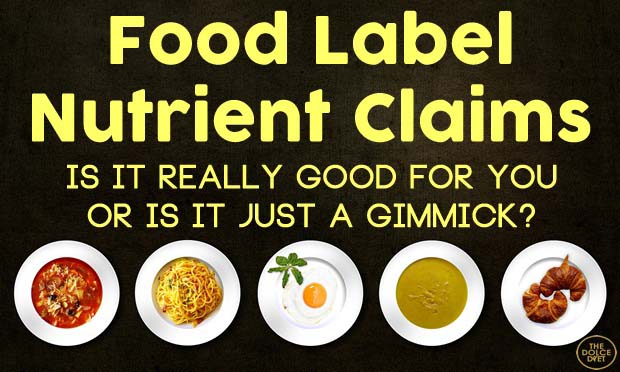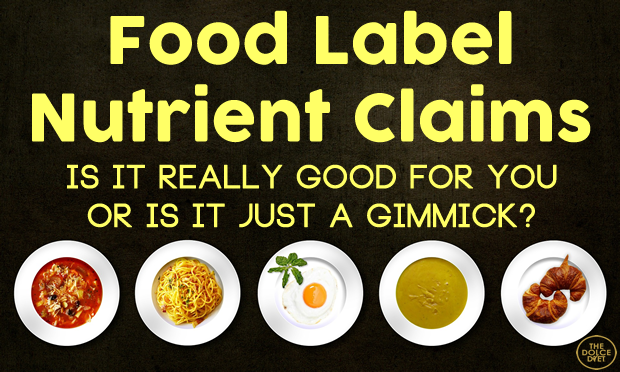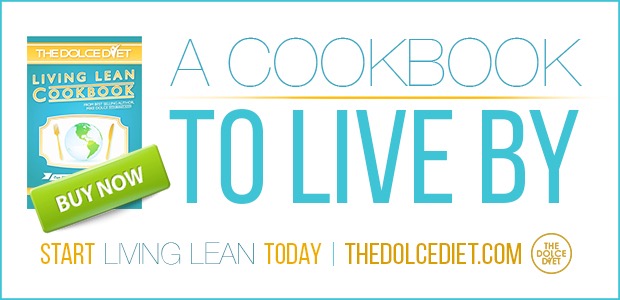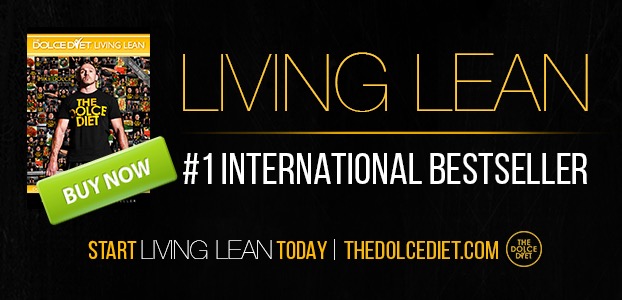
Food Label Nutrient Claims:
Is It Really Good for You or Just a Gimmick?
Samantha Wilkinson, MS, RDN, LD
Nutrient claims on food packages boasting of added health benefits are meant to grab the customer’s attention. This is basically a marketing scheme to get consumers to buy more of a company’s products. However, beware of false or misleading claims. For example, foods CANNOT say, “WILL reduce the risk of heart disease.” Instead they must state, “MAY help reduce the risk of heart disease.” There are also certain criteria, set forth by the Food & Drug Administration (FDA), that need to be met in order for the company to make that claim. What are those criteria? We’ve listed them below.
LOW CALORIE: 40 calories or less per serving
LOW CHOLESTEROL: 20 mg or less with 2 grams or less of saturated fat per serving
LOW SODIUM: 140 mg or less of sodium per serving
REDUCED: At least 25% less of the specified nutrient than the usual product
CALORIE-FREE: Less than 5 calories per serving
FAT-FREE/SUGAR-FREE: Less than ½ gram of fat or sugar per serving
HIGH IN: Provides 20% or more of the Daily Value of a specific nutrient per serving
HIGH FIBER: 5 or more grams of fiber per serving
GOOD SOURCE OF: Contains at least 10-19% of the Daily Value of a particular vitamin or nutrient per serving
So now that you know what the standards are, double-check the food labels to make sure they match up with the nutrient claim listed. Just do the math and if it doesn’t add up, avoid that product. If they are lying about nutrient values, what else could they be lying about (fillers, additives, preservatives)?






